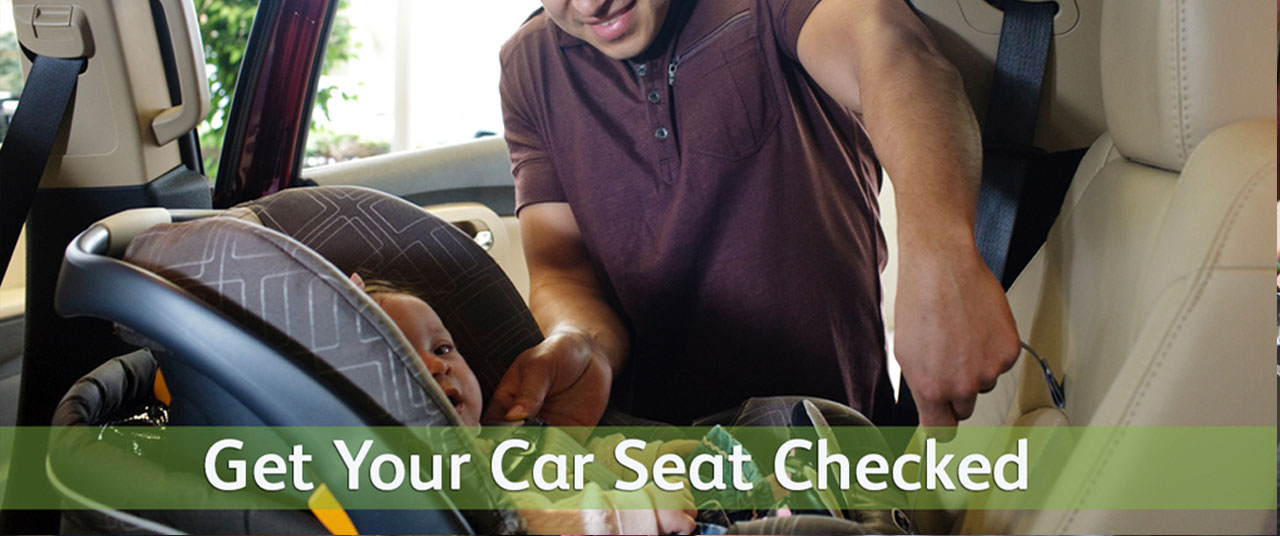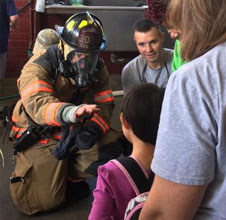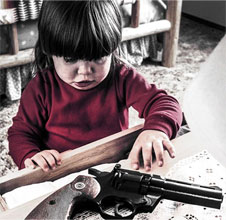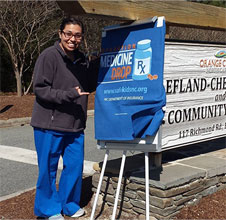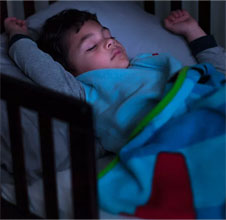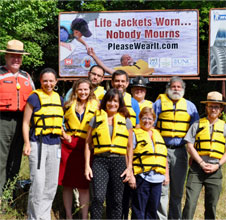Child Passenger Safety
Correctly used child safety seats can reduce the risk of death by as much as 71 percent.The best way to keep your child safe in the car is to use the right car seat in the right way. Here are some car seat safety tips to protect your most precious cargo.
The Hard Facts
- Road injuries are the leading cause of preventable deaths and injuries to children in the United States.
- Correctly used child safety seats can reduce the risk of death by as much as 71 percent.
- Three out of four car seats are not used or installed correctly.
Top Tips about Car Seat Safety
- Buying the right car seat: Your baby needs to ride in a rear-facing car seat as long as possible until 2 or more years. When your child has outgrown that seat, you are ready for a forward-facing car seat. Get more details about buying the right car seat for your child.
- Installing your car seat: You’ll need to decide on using either the seat belt or lower anchors to secure your car seat. Both are safe, but don’t use them both at the same time. Once your child is forward facing, it is important to use the tether with the seat belt or lower anchors. Get more details about installing your car seat.
- Getting the right fit. A properly-fitted harness gives the best possible protection for your child. Here are more details about getting the right fit for your child.
- When to change your car seat: Look on the car seat label to make sure your child is still within the weight, height and age limits for that seat. Get details about when to change your car seat.
*Adapted from Safe Kids Worldwide
The Danger of Hot Cars
The Hard Facts About Heatstroke
- On average, every 10 days a child dies from heatstroke in a vehicle. In more than half of these deaths, the caregiver forgot the child was in the car.
- A car can heat up 19 degrees in just 10 minutes. And cracking a window doesn’t help.
- Young children are particularly at risk, as their bodies heat up three to five times faster than an adult’s.
Top Tips about Hot Cars and Heastroke Prevention. Remember to ACT
- Avoid heatstroke-related injury and death by never leaving a child alone in a car, not even for a minute. And make sure to keep your car locked when you’re not inside so kids don’t get in on their own.
- Create reminders. Keep a stuffed animal or other memento in your child’s car seat when it’s empty, and move it to the front seat as a visual reminder when your child is in the back seat. Or place and secure your phone, briefcase or purse in the backseat when traveling with your child.
- Take action. If you see a child alone in a car, call 911. Emergency personnel want you to call. They are trained to respond to these situations
*Adapted from Safe Kids Worldwide
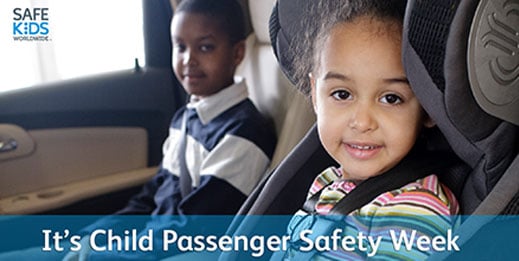
Learning & Resources
Car Seat Tips [DOWNLOAD]
Car Seat Safety Tips [DOWNLOAD]
Car Seat Safety Tips French [DOWNLOAD]
Car Seat Safety Tips Germany [DOWNLOAD]
Car Seat Safety Tips Korean [DOWNLOAD]
Car Seat Safety Tips Spanish [DOWNLOAD]
Heatstroke Safety Tips PDF [DOWNLOAD]
Take Action to Prevent Heatstroke Toolkit for Educators and First Responders [DOWNLOAD]
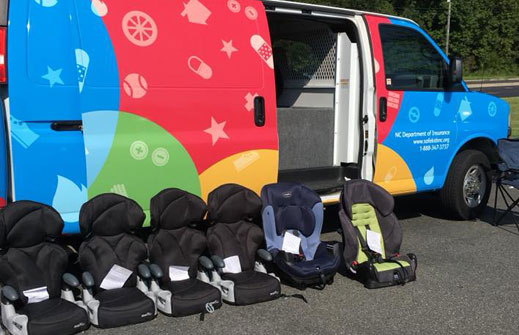
Other Categories
For More information, please don’t hesitate to inquire:
101 Manning Dr., Chapel Hill, North Carolinatarheeltrauma@unchealth.unc.edu

